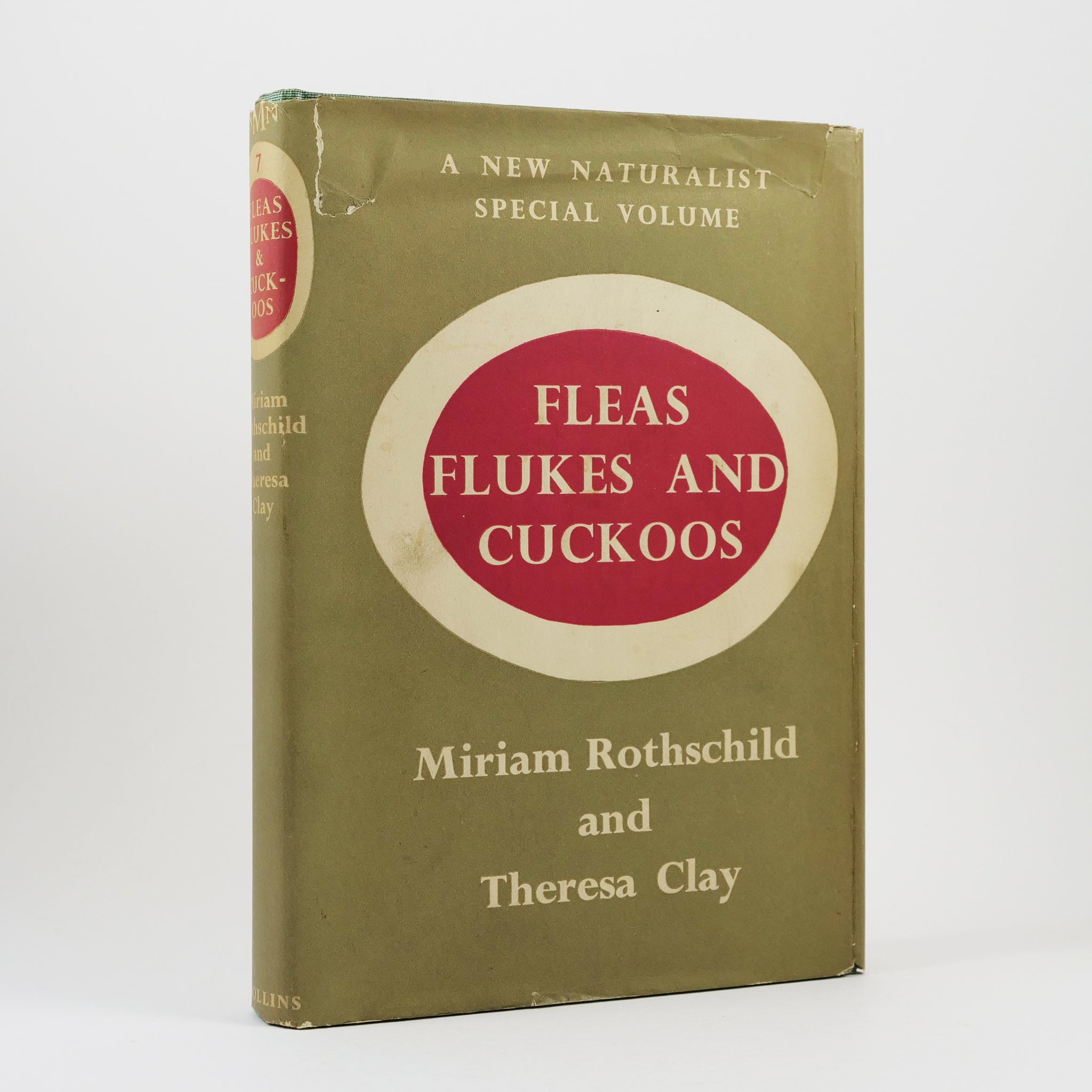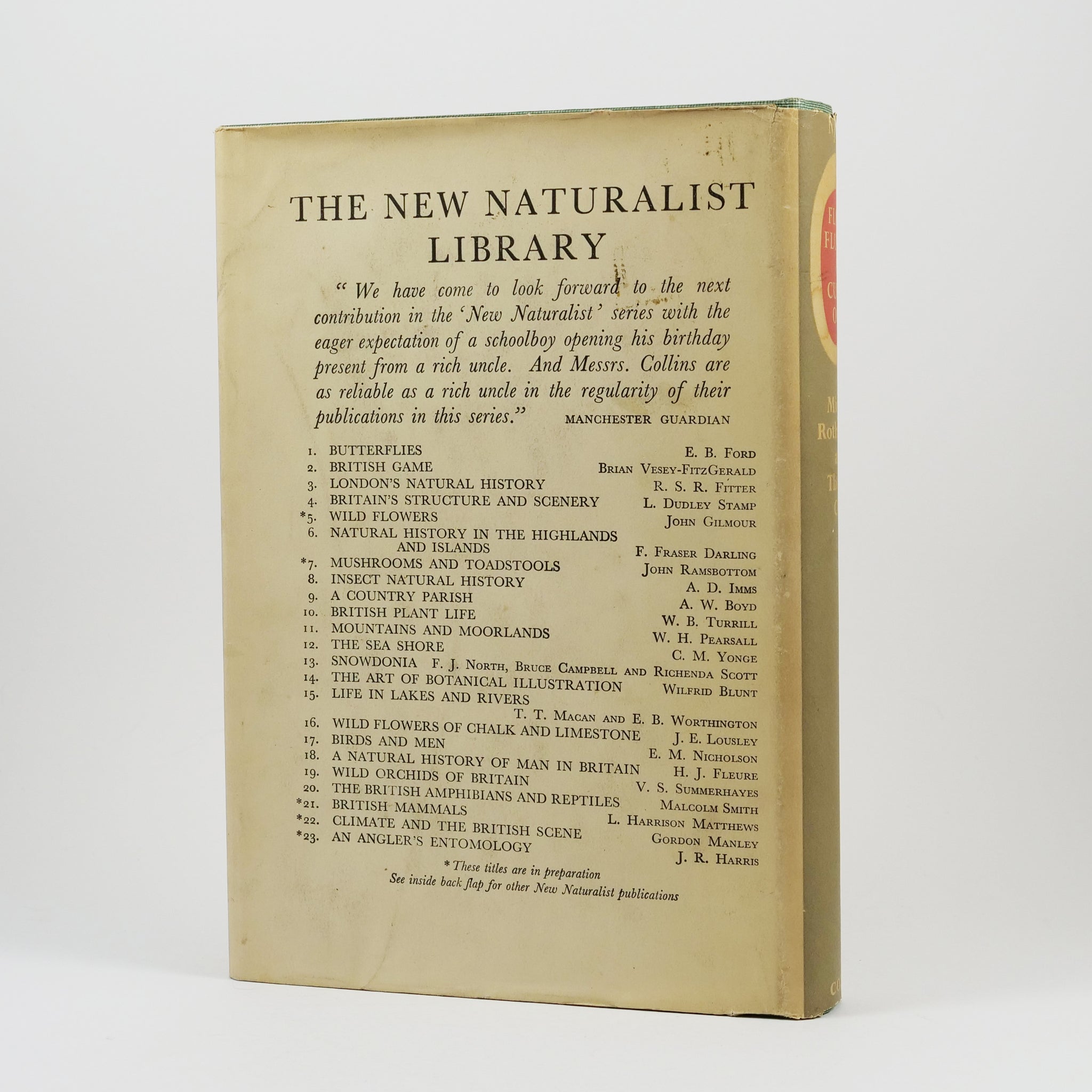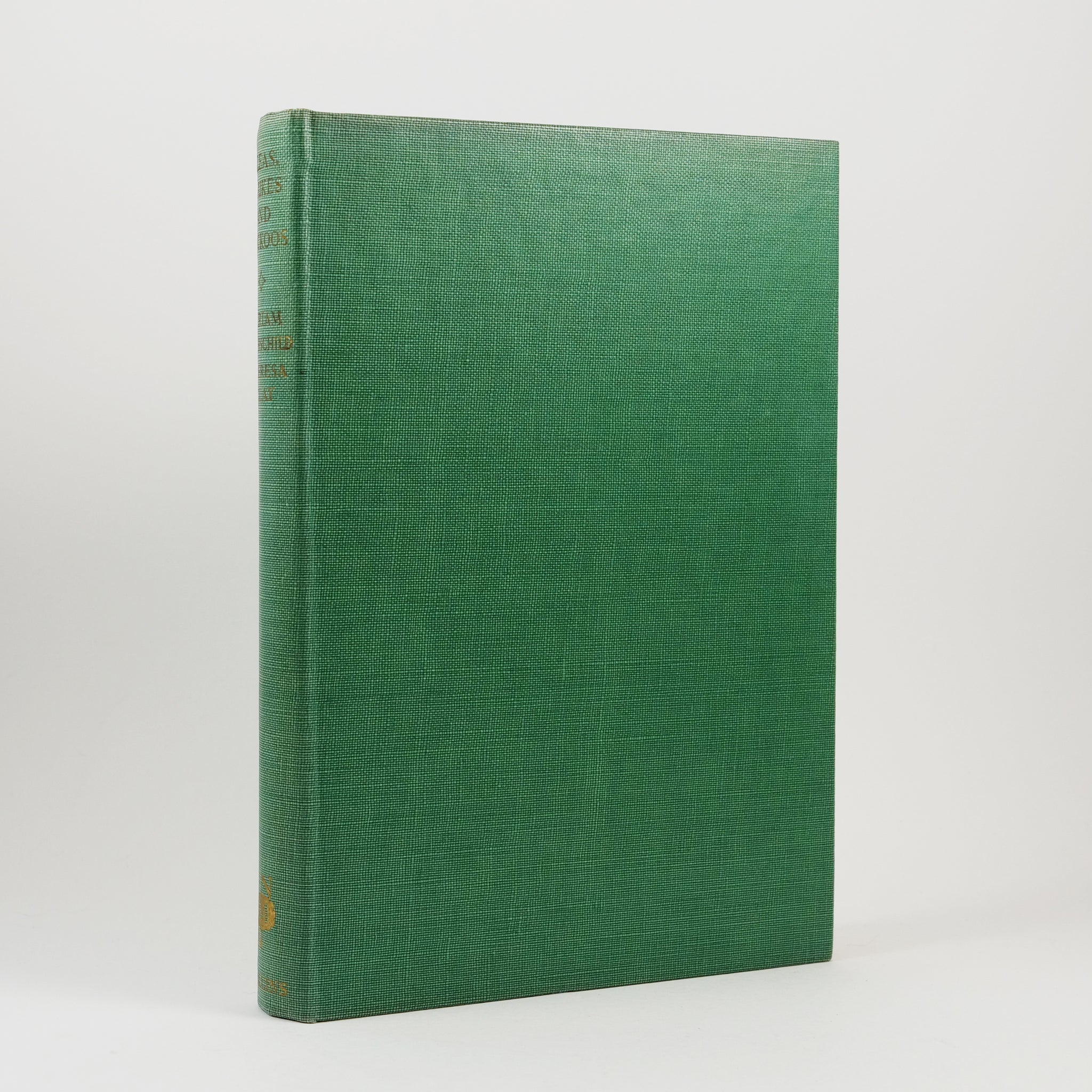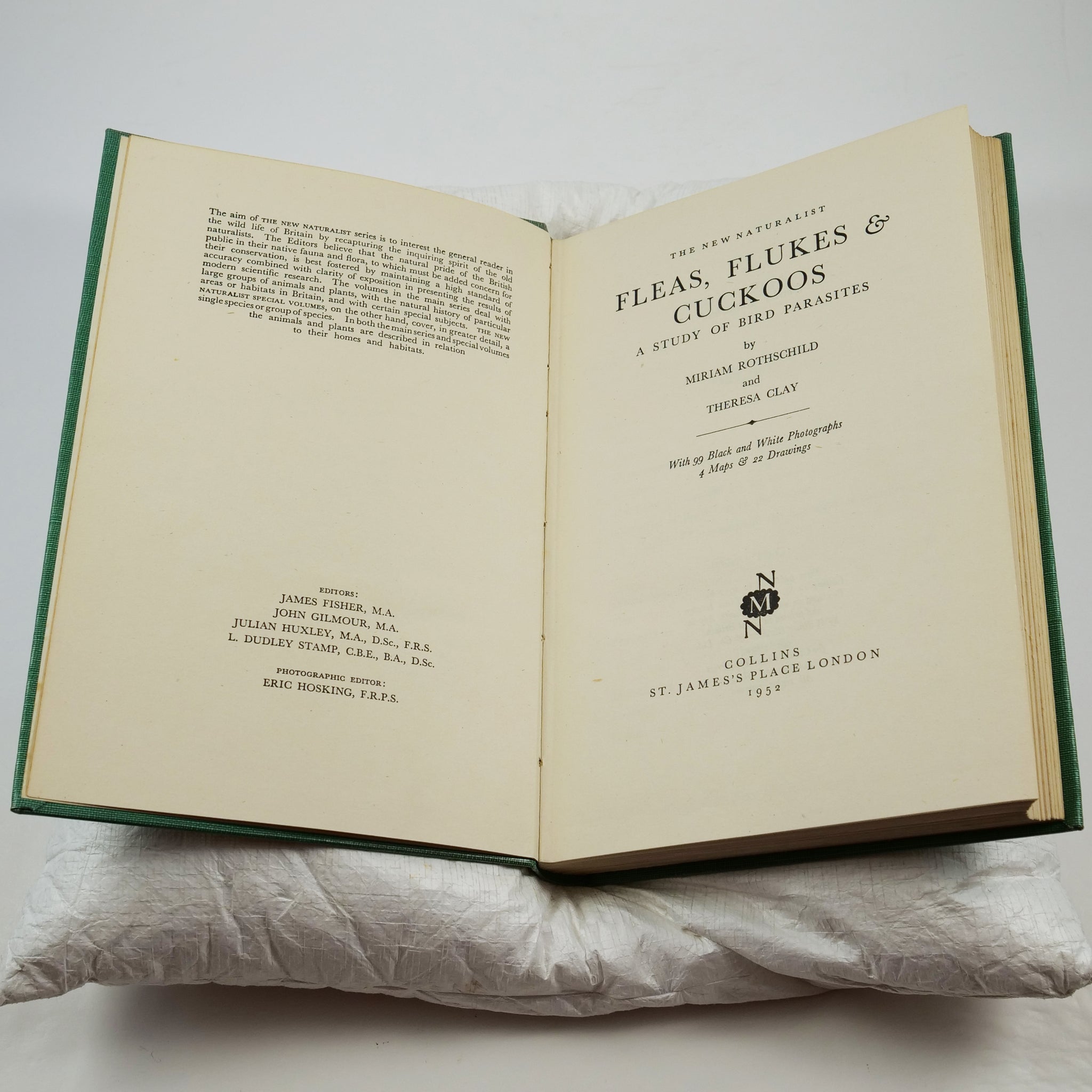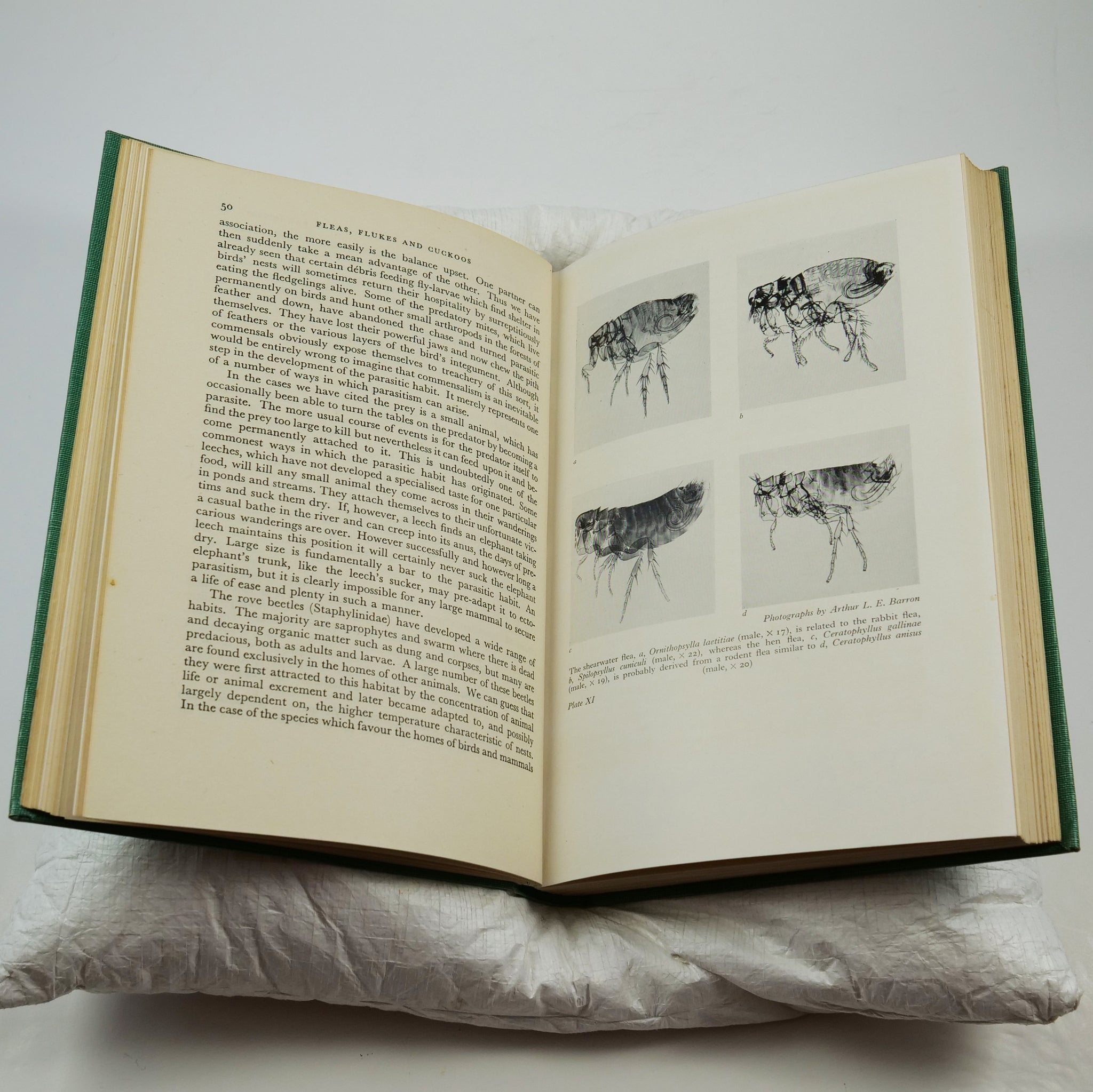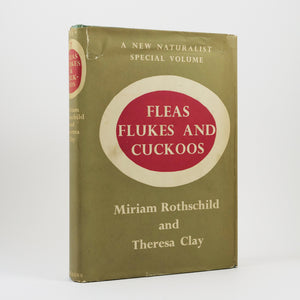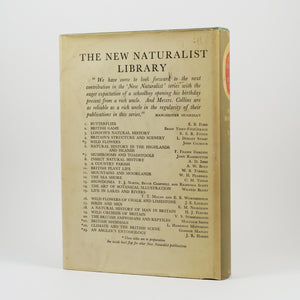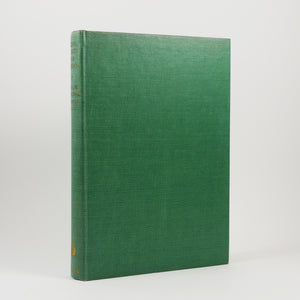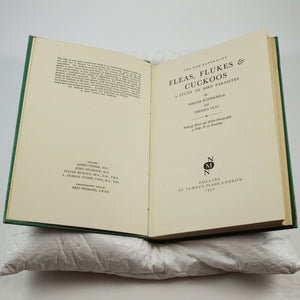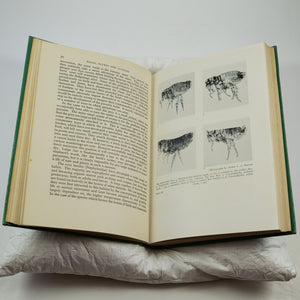Rothschild, Miriam & Theresa Clay | Fleas, Flukes and Cuckoos
£60.00
-
First edition, first impression of this classic by a leading British parasitologist.
Miriam Rothschild (1908-2005) was a member of the prominent banking family and was introduced to zoology by her father, an amateur naturalist, and her physician uncle. Though Rothschild had only a limited formal education, she was intellectually self-directed and was recommended for study at the Naples Biological Station, where she “developed a strong interest in parasitology, noting that the molluscs with which she was working were infected with flatworms” (Ogilvie, Biographical Dictionary of Women in Science, p. 1128). She then went to the Biological Station at Plymouth where she continued researching parasites and their hosts until her laboratory was bombed during the Second World War.
During the war Rothschild opened her childhood home to refugees and worked with Alan Turing on the Enigma project. “In addition to her active war work, she continued with her natural history investigations, cataloguing her father’s collections and studying human and animal parasites, especially fleas. She studied flea reproduction, their host preferences, and the mechanics of flea leaping. In collaboration with Nobel laureate Tadeus reichstein, she demonstrated the manner in which the monarch caterpillar’s diet of milkweed plants protects it from birds and other predators” (Ogilvie). Rothschild published more than three hundred scientific articles in addition to several successful popular works, and 2,000 of her microscope slides are now part of the Natural History Museum collections.
-
...A Study of Bird Parasites. With 90 Black and White Photographs, 4 Maps & 22 Drawings. London: Collins, 1952.
Octavo. Original green cloth, titles to spine gilt. With the dust jacket. 20 plates, illustrations within the text. Cloth very slightly faded along the edges of the boards, gilt spine titles dulled, light partial toning of the free endpapers. A very good copy in the rubbed and dulled jacket with two closed tears and associated creasing at the top of the upper panel, as well as a few other small nicks and a crease along the fold of the upper flap.

